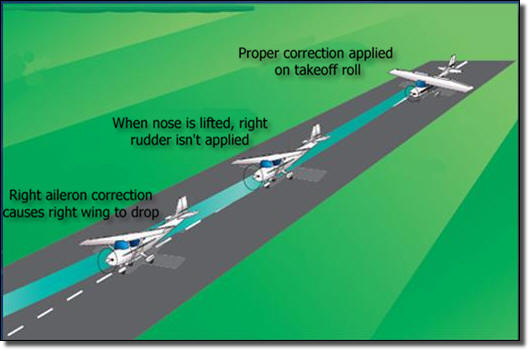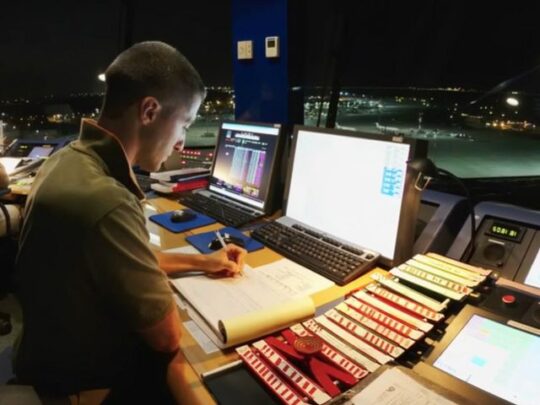Subscriber question:
"When most pilots take off the right wing dips upon becoming airborne. What causes it and how is it overcome?" - Gerold P.
Wally:
“My observation is that most pilots have a slight drop of the right wing just at lift off. Watch some take offs at your local airport and see if I am correct.
Remember the four left turning forces we all learned when we started to fly? In a nose wheel airplane, when a pilot rotates for liftoff one of those forces kicks in. That is the P factor. This adds an additional left turning force.
Further when the nose wheel leaves the runway, we lose the nose wheel steering which was also helping us in part to compensate for the other left turning forces. Pilots often fail to correct this with additional right rudder and as the airplane begins to drift left of the center line they instinctively apply right aileron. Then as the airplane lifts off, the right wing drops momentarily and is usually corrected quickly by the pilot which can look like a left wing dip.

This is easy to see as a right seat passenger. Next time you ride with a friend watch closely as they rotate the plane for takeoff and you will see the nose move left if they do not get that rudder in. Then watch what happens with the yoke.
So remember the rudder keeps us on the center line. The ailerons should be neutral unless we have a cross wind.”

